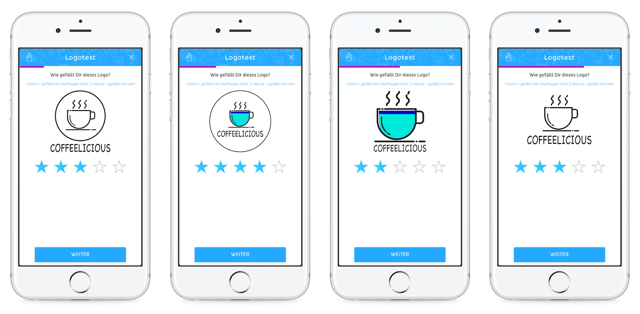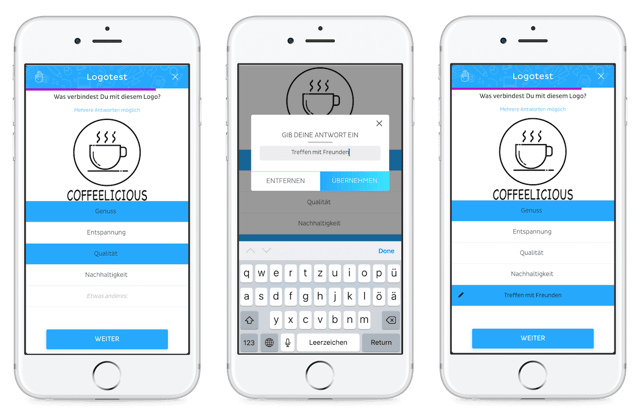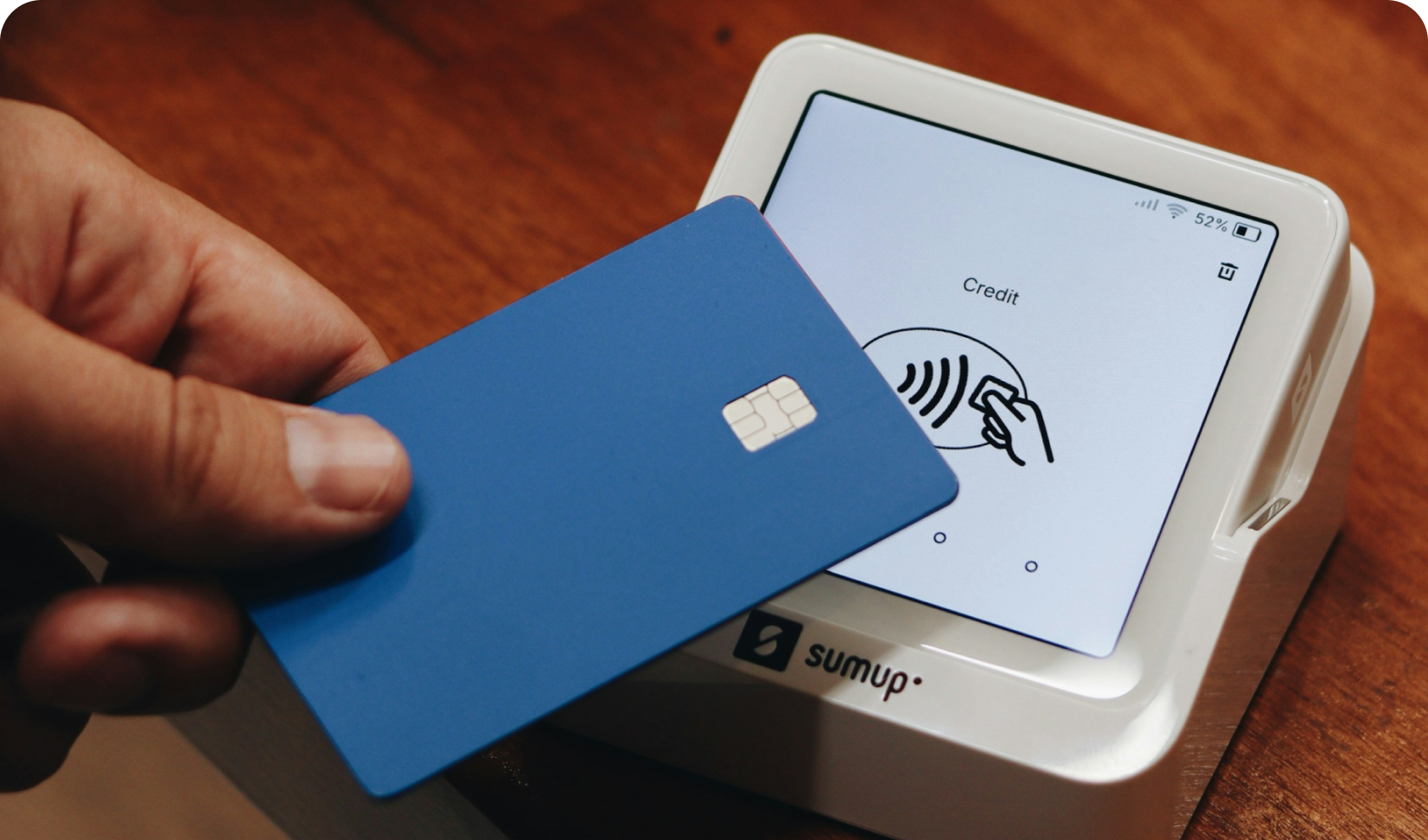Logo-Test: How to Test a new Logo Design?
Appinio Research · 20.10.2022 · 7min read

Content
A logo is the face of a company, and as such, marketing experts need to understand how potential customers perceive their brand image.
To achieve this, it's important to test different logo designs to determine which color combinations, line widths, and overall designs are most appealing to customers.
However, this process can be challenging. Not only do logos need to be creative and visually compelling, but they must also convey the brand's personality and values.
Whether it's rebranding an existing company or launching a new one, selecting a logo is a crucial decision.
A logo should be both meaningful and distinctive, creating an instant connection with the target audience. With so many requirements for such a small graphic, it's no wonder that choosing the right design can be difficult.

Designers and managers often find themselves choosing from a range of logo designs without achieving a satisfactory result.
This can lead to over-analysis of individual designs and cause frustration and delays in the process.
To overcome this, seeking outside advice can be extremely helpful.
A fresh perspective from someone who isn't involved in the project can add value to the creative process.
Additionally, it's important to gather feedback from the target audience themselves. By asking potential customers what they like, you can better understand their preferences and ensure your logo resonates with them.
One way to conduct such a test is through a standard design test, such as a logo test.
In this article, we'll go understand how to conduct a logo test thank to the guidelines our market research experts have developed.
Test your logo via survey
To determine how your target audience responds to your logo, surveys are a valuable tool.
By using specific question types, you can gather direct feedback on individual logo designs and compare multiple options.
This allows you to assess whether your logo resonates with your target audience and determine which design elements are most appealing.
To conduct a successful logo test, it's important to consider two key factors:
-
Asking the right target group
A target group analysis is a prerequisite for a logo test.
The more precisely defined your target group is, the more accurate your results will be. -
Nail down the questions
To ensure that you are asking the right questions to find the best logo, it's important to carefully consider the wording and structure of your survey questions.
By using the right questions, you can gather valuable insights into your target audience's preferences and ensure your logo resonates with them.
Want to see what a logo-test survey looks like? Sign up to the Appinio platform for free and browse the Appinio logo-test survey and example survey.
Evaluating logos one by one
It's important to avoid making conditional decisions too quickly, even if none of the logo variants seem appealing at first glance.
To make an informed decision, it's best to evaluate each logo individually before comparing them.

As a first step when evaluating a logo, it's important to assess each design individually as this ensures that each logo is given proper consideration and avoids rash judgments.
One effective way to evaluate logos is through the use of star ratings or a school grading system.
This evaluation method is familiar to most people and can provide valuable insights into how each logo is perceived.
Logo associations
The next step in the logo evaluation process is to determine which logo design is most closely associated with the desired brand attributes, such as enjoyment or relaxation.
This step provides valuable insights into how well each logo aligns with the desired brand image.
To gather this information, a multiple choice question type can be used to ask respondents which logo they most strongly associate with each brand attribute. This allows you to identify which logo designs best represent your brand and resonate with your target audience.

Comparing logos
In cases where individual logos are very similar and rated almost equally by respondents, a direct comparison of the logos can be helpful.
This can be done at the end of the survey by presenting all logo options for direct comparison, which can provide valuable insights even if the logos are very similar in their evaluation.
An alternative approach is to use a ranking question type, where respondents are asked to sort the different logos or images according to their preferences. The choice of direct comparison method will depend on the specific requirements of the logo test and should be selected based on the research objectives and target audience.
Conclusions for Logo-Tests
In conclusion, a logo is a crucial element of a company's visual identity, and its design and appeal to the target audience can significantly impact brand perception.
Logo tests are an effective way to gather feedback and insights from potential customers to ensure that the logo conveys the intended message and resonates with the target audience.
A well-designed logo test requires careful consideration of the target audience, appropriate question types, and direct comparison methods to generate meaningful results.
By conducting a logo test, businesses can ensure that their logo stands out from the crowd, conveys the desired brand personality, and effectively connects with their target audience.
Interested in testing your logo designs?
Then get in touch with our expert and see how Appinio can help you bring your brand to the next level.
Get facts and figures 🧠
Want to see more data insights? Our free reports are just the right thing for you!


